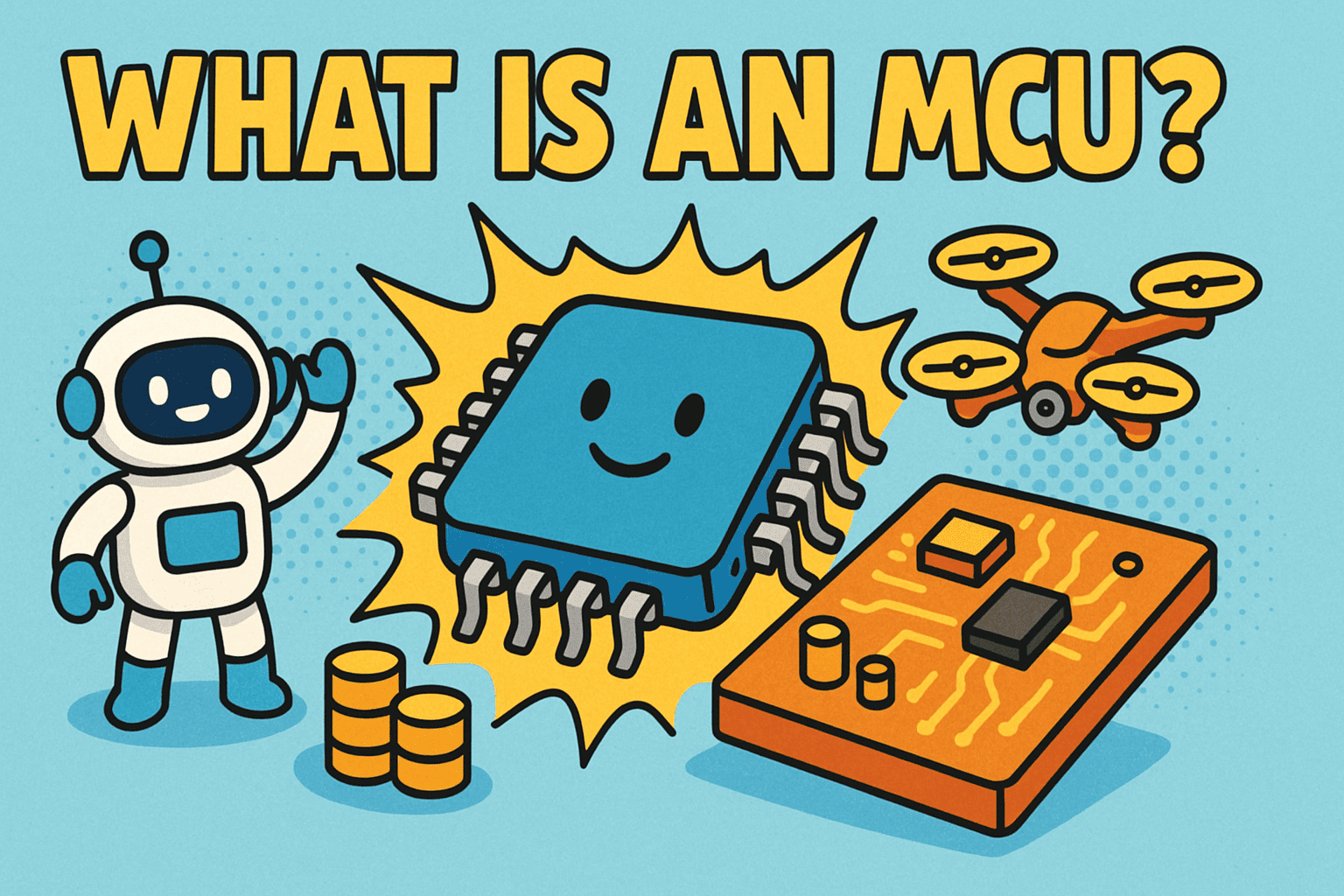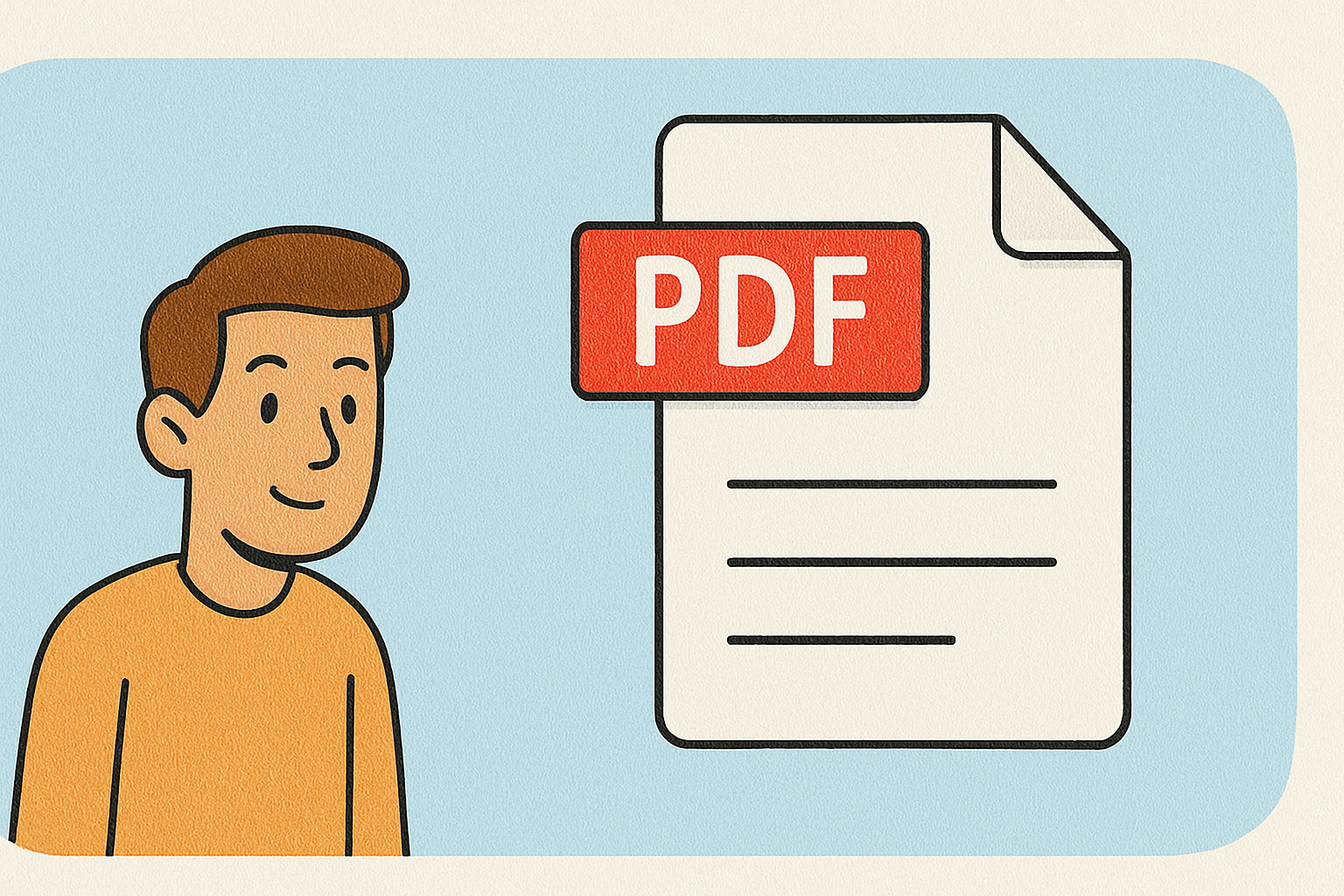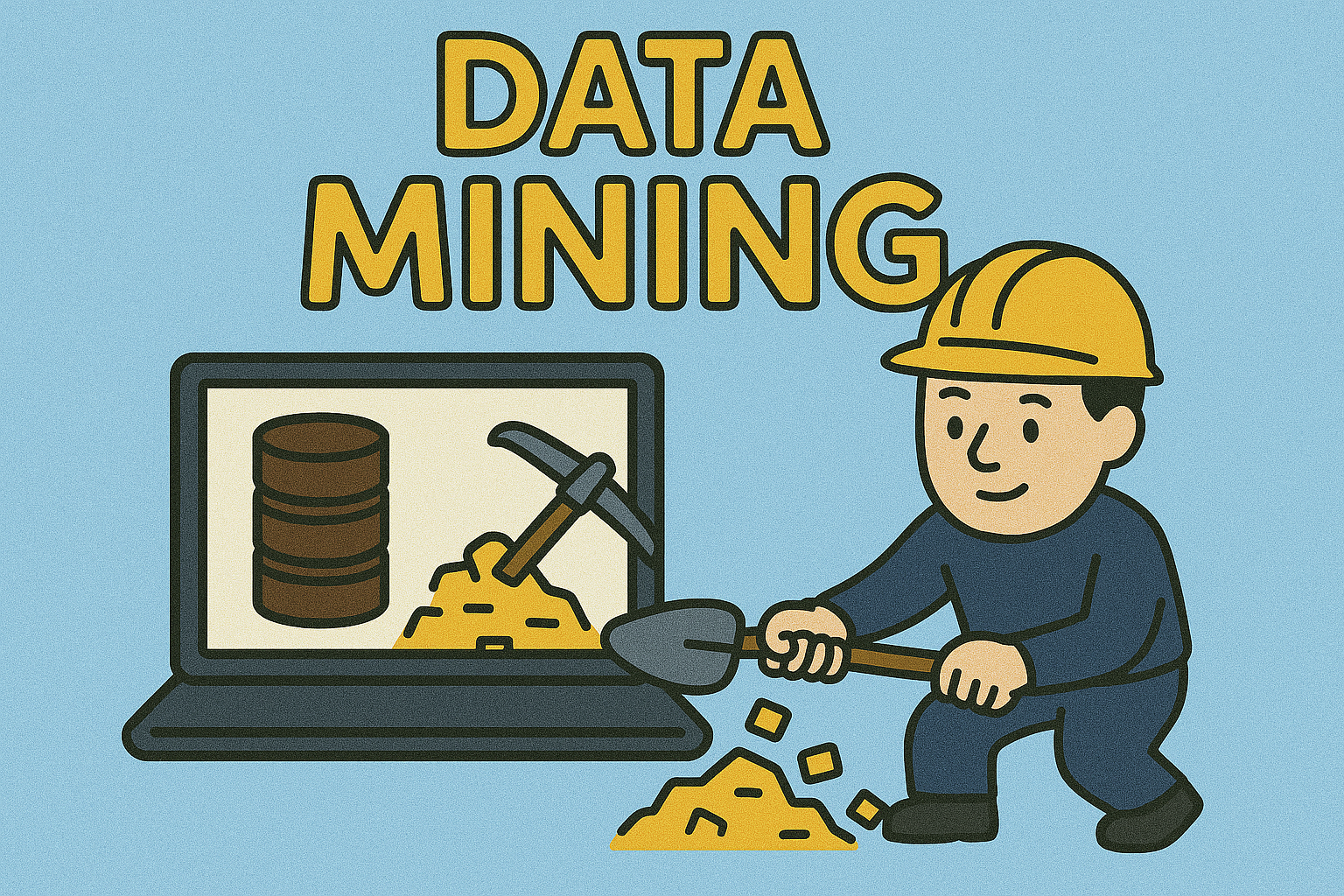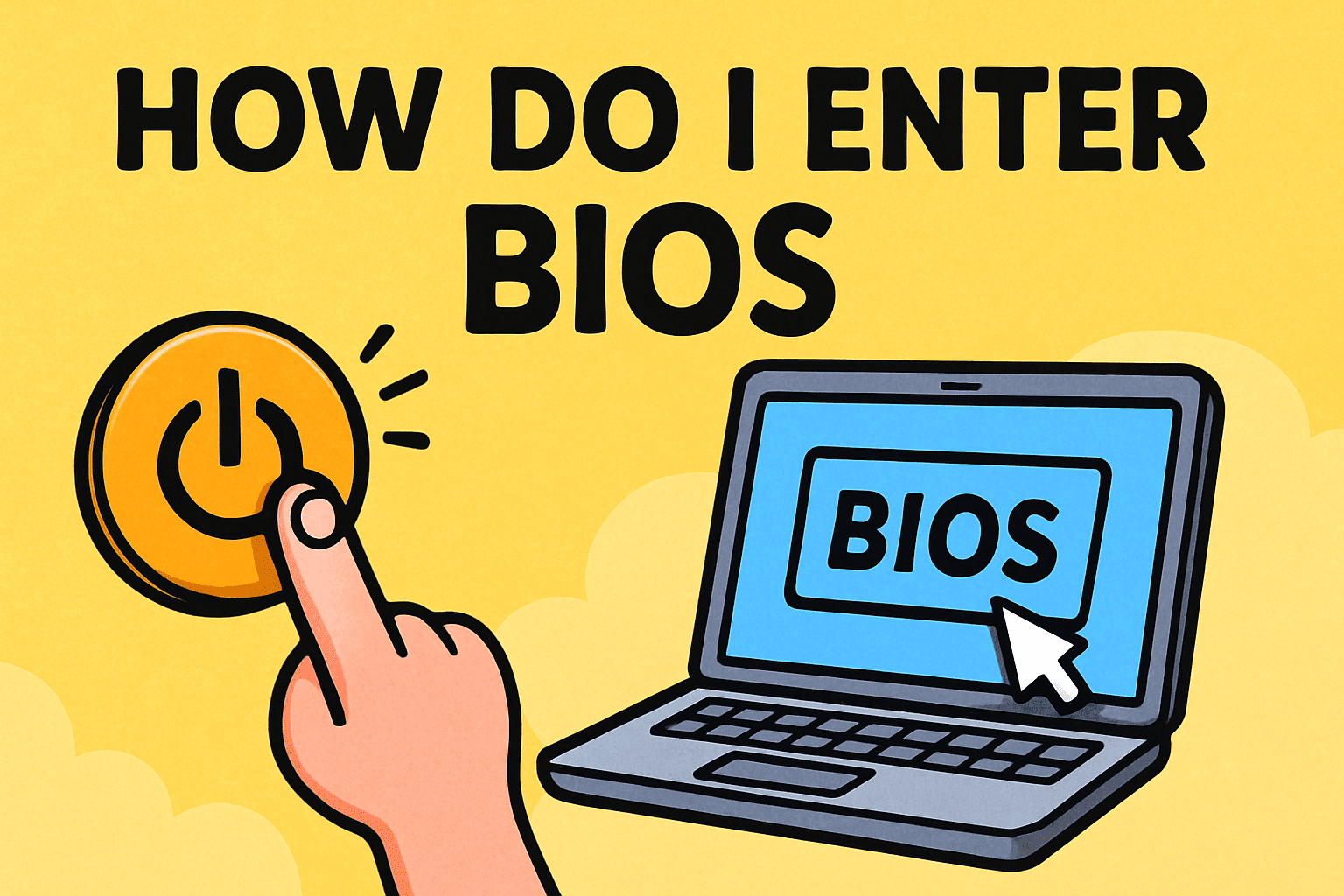What Is Design Thinking? A Guide for Leaders in Tech & Innovation
Updated on August 5, 2025, by Xcitium
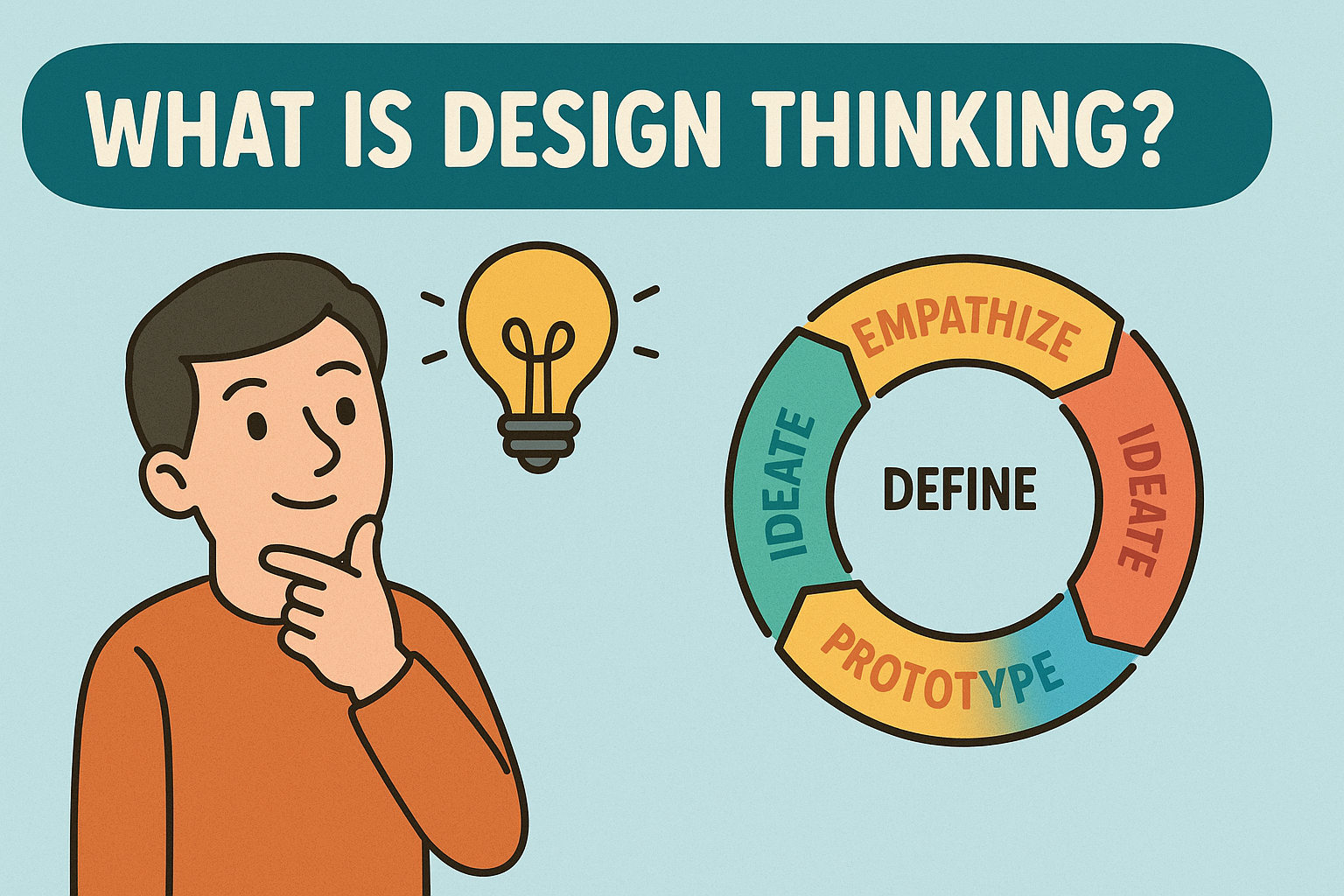
Have you ever felt stuck solving a complex problem and wondered, what is design thinking and could it help? Design thinking is not just for product designers—it’s a human-centric, solution-focused approach that empowers teams to innovate, empathize with stakeholders, and solve even the trickiest challenges. For IT managers, cybersecurity leaders, CEOs, and founders, incorporating design thinking can shift your strategy from reactive to proactive, helping you align technology solutions with real user needs.
What Is Design Thinking?
Design thinking is a structured, iterative method for creative problem-solving. It begins with empathy—understanding the people affected by the problem—and ends with tangible solutions tested in real-world scenarios.
Why It Matters:
- Puts user experience at the forefront
- Promotes cross-functional collaboration
- Encourages experimentation and learning through prototypes
The Five Stages of Design Thinking
1. Empathize
Understand the needs, pain points, and behaviors of users. Methods include interviews, observations, and surveys.
2. Define
Synthesize insights into a clear problem statement—“How might we…?” framing the challenge effectively.
3. Ideate
Brainstorm broadly and creatively. No idea is bad—quantity breeds innovation.
4. Prototype
Create simple, low-fidelity versions of your solutions. Examples include mockups, wireframes, or pilot workflows.
5. Test
Gather feedback and iterate on your prototypes. Learn fast, adjust, and refine.
How Design Thinking Drives IT and Cybersecurity Innovation
| Use Case | Application |
| Cybersecurity Awareness | Empathize with user fears about phishing |
| Incident Response Planning | Define pain points in recovery workflows |
| UX-Security by Design | Ideate ways to secure UX without friction |
| Security Training Programs | Prototype gamified learning modules |
| Secure Product Development | Test new features under realistic threat scenarios |
Benefits of Design Thinking for Enterprises
- ✅ Improves user satisfaction and adoption
- ✅ Reduces time-to-market for new solutions
- ✅ Enhances internal cross-team alignment
- ✅ Raises innovation ROI by lowering failure risk
According to Deloitte, companies using design thinking report 81% faster time-to-market and 41% more revenue growth than traditional approaches.
Design Thinking in Action: Real-World Examples
Case Study 1: IT Developer Onboarding
A large enterprise revamped its developer onboarding process using design thinking. Empathizing with new hires revealed bottlenecks around access permissions. The result: a streamlined portal and automated approval flow, reducing onboarding time from weeks to days.
Case Study 2: Secure Remote Access
A cybersecurity team used design thinking to solve VPN usability issues. They prototyped single sign-on with biometrics, tested with remote workers, and rolled out a user-friendly solution—drastically reducing helpdesk tickets while boosting security.
How to Implement Design Thinking in Your Organization
- Form a cross-functional team—include UX, IT, security, and business stakeholders
- Start with a real user challenge—not a predefined solution
- Use rapid prototyping—low-cost mockups or pilot models
- Iterate quickly—test and gather feedback in short cycles
- Encourage a culture of curiosity and experimentation
Design Thinking vs Agile vs Lean
- Design Thinking: Empathy-centered and discovery-focused
- Agile: Fast, iterative development cycles
- Lean Startup: Build-measure-learn startup framework
These methodologies complement each other and can be combined depending on project scope.
Challenges and How to Overcome Them
- Culture Resistance: Educate stakeholders on benefits and success stories
- Siloed Teams: Promote cross-functional collaboration through shared workshops
- Iterative Delays: Time-box each phase to maintain momentum
- User Access Barriers: Use surveys and remote testing when in-person isn’t possible
Final Thoughts
Understanding what is design thinking empowers leaders to approach problems with creativity, empathy, and structure. Whether you’re designing secure systems, onboarding users, or building next-gen products, design thinking helps you deliver what users—and businesses—really need.
Call to Action
Ready to integrate human-centered innovation into your cybersecurity or IT strategy?
👉 Request a Free Demo from Xcitium and see how design thinking frameworks combined with adaptive threat prevention can elevate your organization.
FAQ: Common Questions on Design Thinking
Q1: Is design thinking only for product designers?
No—leadership, IT, cybersecurity, and product teams all benefit from design thinking approaches.
Q2: Can design thinking improve cybersecurity user training?
Yes—empathizing with learners helps create interactive, user-friendly training that sticks.
Q3: How do you find users for empathy interviews?
Reach out to internal stakeholders, beta users, or pilot groups for remote or in-person feedback.
Q4: Is there software to support design thinking?
Tools like Miro, Figma, and Sketch are great for prototyping and collaboration.
Q5: How long does it take to implement design thinking?
You can start quickly with a one-week pilot for one use case—full adoption takes months and cultural buy-in.






